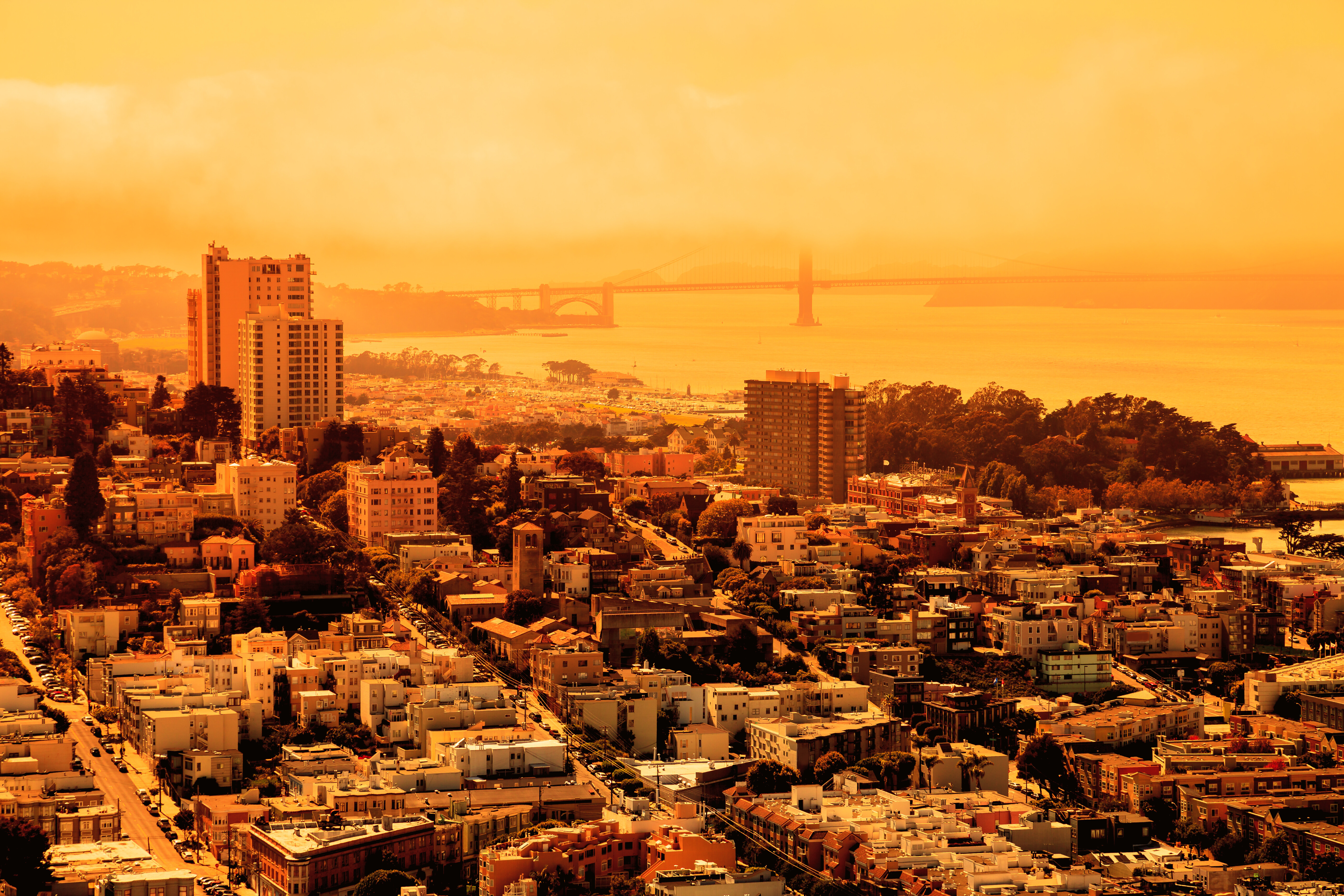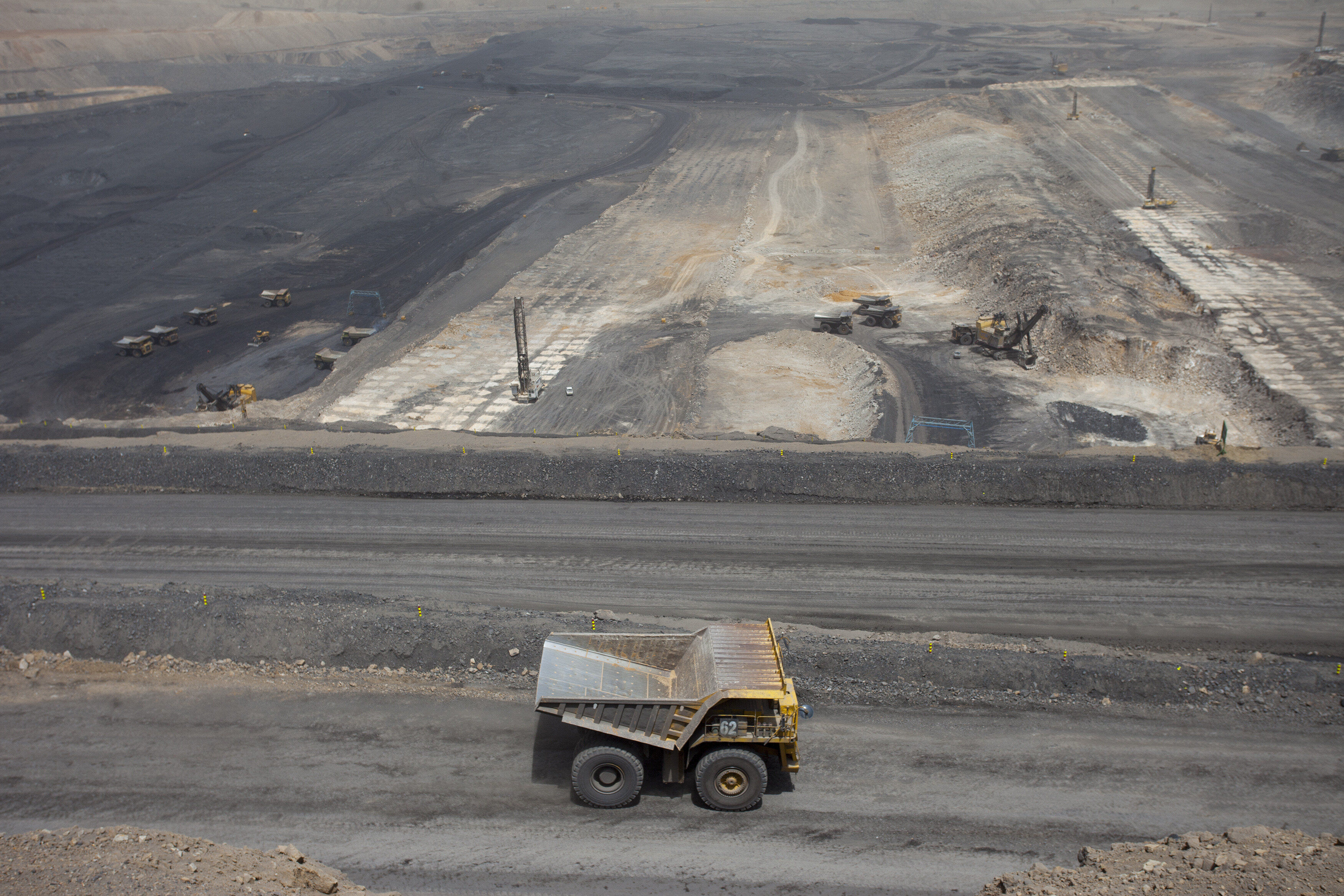Green Shoots: Leaders head to COP26 with fresh momentum coming from the White House, but will they reach an agreement?
In less than six months’ time, Glasgow will host what is hoped will be an era-defining summit on climate change.
The 26th Conference of the Parties (COP) has already been described by US special envoy John Kerry as the world’s “last best chance” of agreeing a deal which will help limit catastrophic global temperature rises.
While previous summits in Kyoto and Paris have been staging posts towards an international consensus, Glasgow is now likely to be forever associated with either a historic breakthrough or a monumental failure which will have implications for all future generations.
At least in one respect, there is positivity around the conference.
Just a matter of weeks ago it was unclear whether the event would take place at all, such was the concern about a further spike in COVID infections.
But in another respect, the pandemic has been helpful, not only by helping focus minds but also by delaying the summit until this year.
Had it been held as originally planned in November 2020, just a few short days after the US election, President Donald Trump would still have been in the White House.
Before the pandemic, Trump saw economic growth, not climate change, as the key priority, withdrawing his country from the landmark Paris agreement and eschewing America’s role as a leader on the issue.
Adopted as Trump was voted into office in November 2016, the Paris agreement is a legally binding international treaty with 200 nation states as signatories.
Building on the Kyoto protocol of 1997, it sets targets for cutting emissions for a number of developed countries and seeks to limit global temperature rises “well below” 2C above pre-industrial levels and ideally not above 1.5C.
The implications of not doing so are huge.
That 0.5C difference may sound small, but the effects of higher temperatures would be felt more acutely in certain parts of the world.
Scientists have predicted that the half a centigrade rise will lead to longer heatwaves, increased droughts and reduced crop yields.
Higher temperatures have also been linked to more extreme weather events, from increased rainfall to more powerful tropical storms and hurricanes.
Yet under Trump, the world’s second biggest emitter of carbon had withdrawn itself from the legally binding accord.
Had COP26 gone ahead, as planned, in November 2020, it’s hard to see how much progress could have been made against a backdrop of American intransigence.
Why would China, by some way the world’s biggest polluter, commit to anything when its largest economic rival refused?
But with the election of President Joe Biden, there has been a shift in momentum.
Tackling climate change has been identified as a priority, with Biden wasting no time in re-committing his country to the Paris agreement.
His intention to lead on the issue was further underlined by a virtual conference held in April and attended by 40 world leaders, during which Biden called the 2020s the “decisive decade” for tackling climate change.
“Meeting this moment is about more than preserving our planet,” the President told delegates.
“It’s also about providing a better future for us all.
“That’s why, when people talk about climate, I think jobs. Within our climate response lies an extraordinary engine of job creation and economic opportunity ready to be fired up.”

Climate change has been blamed for increasingly severe forest fires such as those in California
Indeed, the mobilisation that will be required has been likened to the reconstruction that followed the Second World War.
While the pandemic has undoubtedly complicated matters, it has also provided an opportunity to step back, reassess and in the hackneyed slogan of the day, build back better.
The scale of the challenge is vast and it’s not one the US or even the West can shoulder alone.
While the US was the world’s biggest polluter for much of the 20th century, it has been overtaken by China.
According to the Global Carbon Project 2020, the US and China emitted 1,442 and 2,777 million tonnes of carbon respectively in 2019.
That’s nearly double what the rest of the world’s next eight biggest polluters combined produced, a list that includes India, Russia, Japan and Germany.
In his address to the US summit, Prime Minister Boris Johnson spoke of the importance of seeing climate change as an issue bigger than “bunny hugging”, while necessary changes to our daily lives would provide new opportunities, something he memorably summarised as “cake, have, eat”.
As host of COP26, the UK is acutely aware that while not a big polluter in global terms, the eyes of the world are watching.
That goes some way to explaining the recent decision to “call in” a controversial planning application for a new coal mine in Cumbria.
Despite some missteps, however, Britain has been a global leader on agreeing strict limits on emissions.
Last month, the government set out plans to reduce emissions by 78 per cent (compared with 1990s levels) by 2035, a goal it called the “world’s most ambitious climate change target”.
That is likely to be mean changes for how we all live our lives.
As part of achieving the target, the government has published its industrial decarbonisation strategy and a ten-point plan for a £12bn “green industrial revolution”.
Central to the plan are increasing levels of offshore wind energy, delivering more nuclear power and more green transport.
There is also a commitment to invest in carbon capture, a technology which takes carbon dioxide (CO2), turns it into liquid and injects it back into rocks, therefore removing it from the atmosphere.
One such facility has long been mooted for the gas-fired power station at Peterhead north of Aberdeen, one of the country’s most polluting sites and the last power station in Scotland to run off fossil fuels.
Plans for carbon capture at the site date back to 2006 but have yet to come to fruition.
Energy company SSE Thermal says carbon capture and storage technology could be installed by 2026, capturing 1.5m tonnes of CO2 annually and storing it under the North Sea.
The technology is controversial as it allows for the continued use of fossil fuels, albeit with the sequestration of emissions.
And while renewable forms of energy are the most environmentally friendly, there remains question marks over the future of the North Sea oil industry.
The UK Government’s North Sea Transition Deal sets out how the offshore oil and gas sector will be “transformed” in preparation for a net zero future.
The deal includes a plan for a 50 per cent reduction in offshore production emissions by 2030 against 2018 levels, with investment of up to £16bn.
For most us, however, the changes will be seen in our home lives and how we travel.
That’s likely to mean more money being spent on large public transport projects, such as plans for a new mass transit system in Glasgow, and a gradual phasing out of gas central heating in our homes.
And while the UK is the official host of COP26, the Scottish Government will also play a part in the summit.
The government in Edinburgh has its own ambitious climate change targets, pledging that Scotland will be net zero for all greenhouse gas emissions by 2045.
Publishing its plan for its first 100 days in government in the run-up to the recent Scottish Parliament elections, the SNP said it would create a new cabinet post for Net Zero, Energy and Transport, as well as appointing a new minister for Just Transition, who will oversee the “national mission of fairness and opportunity” as the country moves towards net zero.
It will also publish Scotland’s Nationally Determined Contribution (NDC) towards the global goal of delivering the Paris agreement; launch a national campaign to raise awareness of the climate crisis; appoint experts from around the world to advise the government on international best practice and complete the creation of 12,000 hectares of woodland.
On transport, free bus travel will be extended to everyone under the age of 22, while there will be a resumption in the roll out of Low Emission Zones in Scotland’s cities, which were paused during the pandemic.

China and its coal-fired power stations is by some way the world's largest polluter
But while Scotland and the UK as a whole can show leadership on tackling emissions in the run-up to COP26, a successful agreement at the summit relies on the support on major economies, particularly the growing economies of China and India.
The summit’s key aim is to set out a road map for achieving the goals of the Paris agreement.
China, for example, accounts for nearly a third of the world’s greenhouse gas emissions, while India’s much lower 6.6 per cent share is still more than the 27 EU countries combined.
While there has been some rhetoric from Beijing on moving to net zero at some point mid-century, China is still nevertheless building coal-fired power stations.
It’s been estimated the Chinese will need to shut down nearly 600 such plants within the next decade if it is to meet a target of net zero by 2060.
But it’s not just the Chinese maintaining a heavy reliance on fossil fuels.
Australia, a country which is no stranger to extreme weather events, is the world’s second-biggest coal exporter after Indonesia.
And while economies such as the US, Japan and the UK have set out a timetable to net zero, Australia has not.
Then there is the issue of domestic politics, particularly in Washington.
While the current US President places climate action at the top of his agenda, the next one may not.
The return of Donald Trump or even the election of an acolyte could deliver a serious blow to the Paris agreement.
Following Biden’s decision to rejoin the international accord earlier this year, Trump ally Senator Ted Cruz tweeted: “By rejoining the Paris climate agreement, President Biden indicates he’s more interested in the views of the citizens of Paris than in the jobs of the citizens of Pittsburgh.”
So, while there is renewed optimism that the COP will go ahead as planned, and with a new-found momentum coming from the White House, achieving a consensus will be far from straightforward.
Nor does the global response to the pandemic give much cause for cheer.
Despite the scientific progress on vaccines, assurances that the world would not be divided by vaccine nationalism have so far proved to be wide of the mark.
If there is hope for multilateralism, it has not so far been seen in the response to COVID-19.
Glasgow, once the second city of the British Empire, a fulcrum of the industrial revolution and home to the sort of heavy industries which have left a legacy for the world and its inhabitants, will hope to stage a reset in our approach to the environment.
While the cost in purely financial terms of decarbonisation and transition to a greener future will be like nothing the world has ever seen, the cost of failure could be far greater.
Holyrood Newsletters
Holyrood provides comprehensive coverage of Scottish politics, offering award-winning reporting and analysis: Subscribe